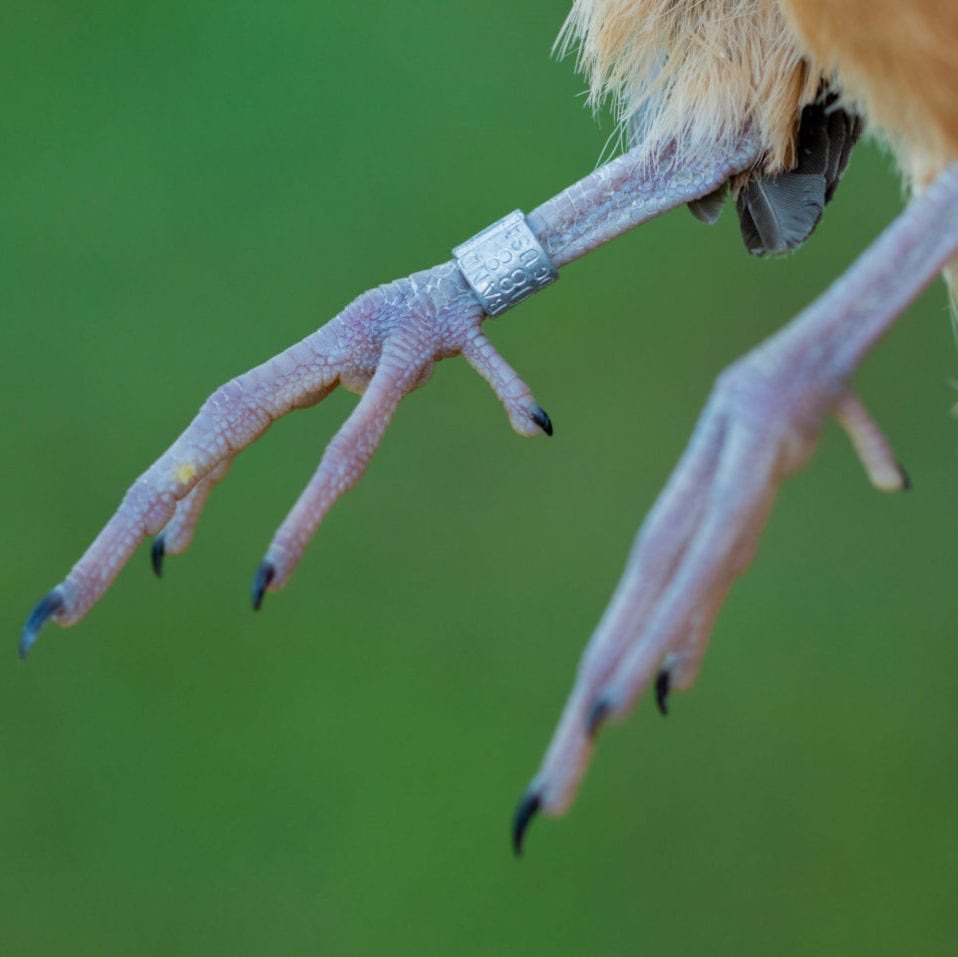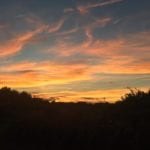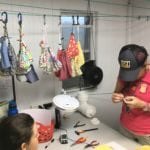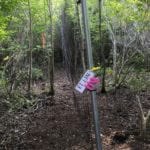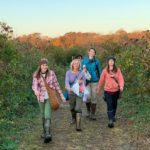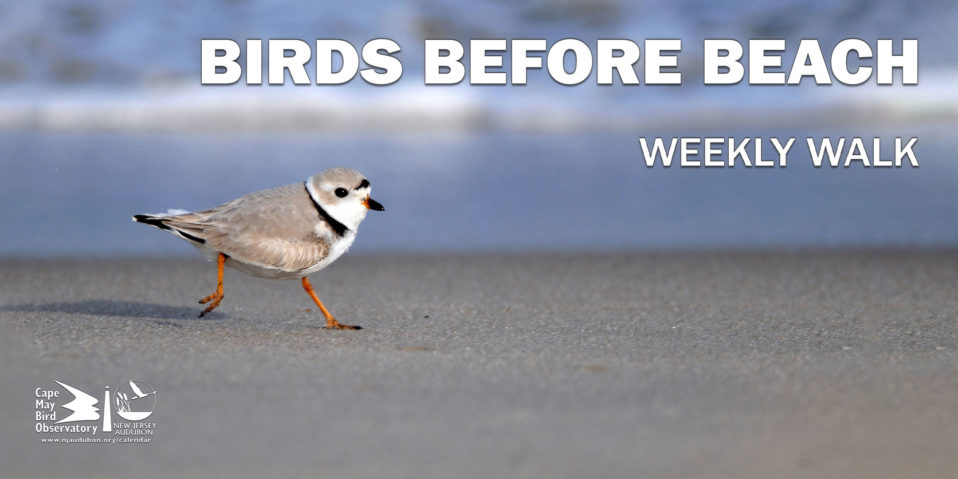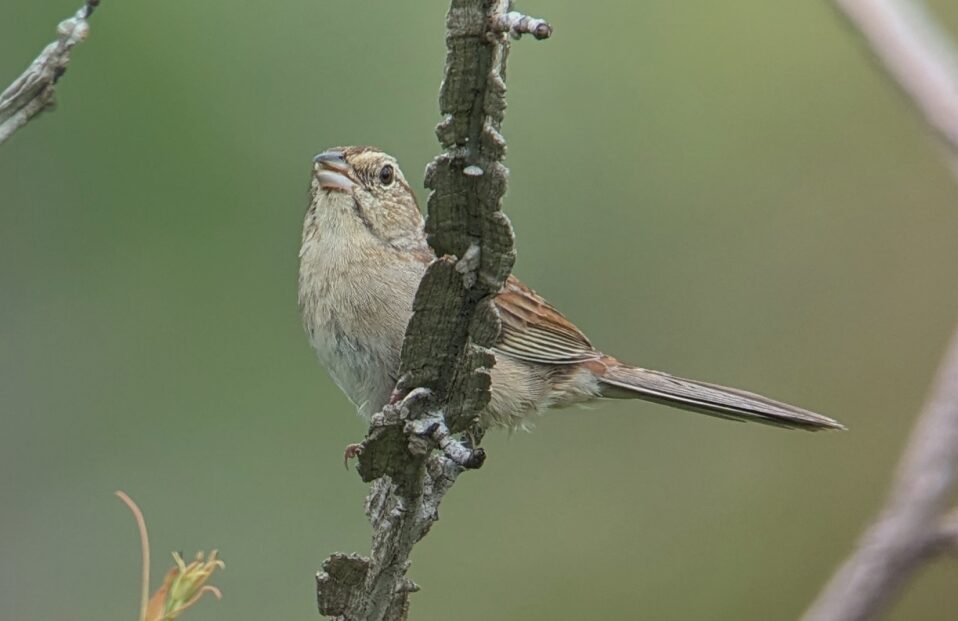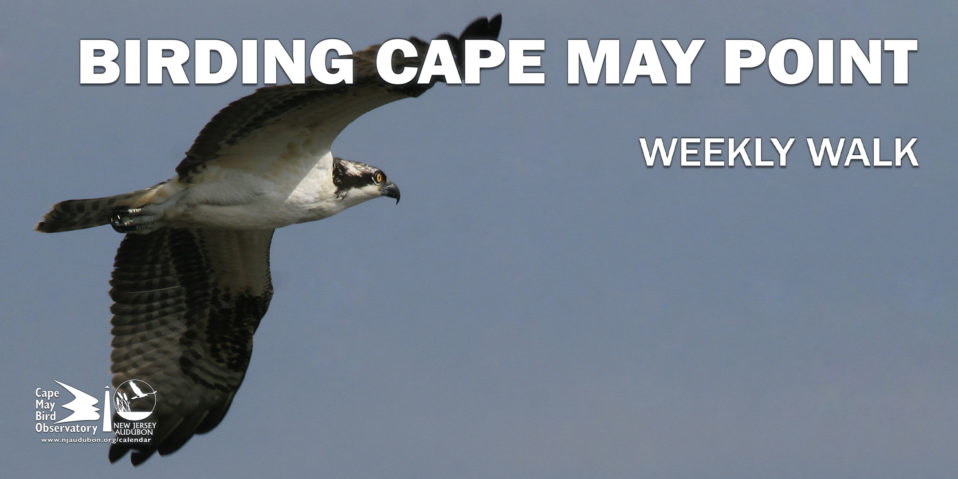By Laura-Marie Koitsch, 2018 Bander In Charge
The second week of NJ Audubon’s CMBO 2018 fall banding season started off with our biggest day yet. The previous day, August 22nd, we had taken off from banding so as to construct boardwalks, which were much needed around six of our nets, as well as to paint more of the inside of the banding lab.

New boardwalks courtesy of Mike Lanzone of Cellular Tracking Technologies and Damon Noe of The Nature Conservancy!
That night the winds were NNW and the radar was lit up; we were excited to see what the next morning would be like and we were not disappointed. August 23rd saw the first big flight of the banding season; we banded 135 individuals of 14 species. On the second net round, we had a nice hit of American Redstarts (AMRE), with an estimated twenty-five birds in Net #4 alone. We were grateful that the boardwalk had been installed the previous day as Net #4 had been the worst area due to the drainage from a small pond next to it & us “trenching” it out on every net round. After that one busy net round, it slowed down considerably, and we were able to keep all of the nets open and still process the birds in a timely manner. We banded 82 AMRE that morning; 52% were hatch-year (HY) females, 38% were HY males. Interestingly, all of the HYs as well as the adult males showed barely a trace to no fat whereas the only adult female redstart that we banded that day was also the only one to show significant fat; she weighed upwards of 2 grams more than some of her companions. Talk about a smart girl!
Friday, August 24th saw more favourable winds. Our total individual birds banded that day was lower than the day prior but species diversity was higher. We had six first-of-season (FOS) species, including Veery. We also banded a female American Goldfinch with a brood patch extensive enough to imply that she was still caring for young in the nest. Seeing her in the hand was a great reminder that while we’re thinking about the weights of neotropical migrants at the Meadows, there are still species using the resources in the same area to care for young. Interestingly that morning during the CMBO walk at Higbee, the passerine movement was absolutely booming whereas that was not reflected to the same extent over at the Meadows. However, some of the species that were seen in good numbers at Higbee that morning such as Baltimore Oriole were FOS species the following morning at the banding station, hinting perhaps at local movement patterns.
Saturday, August 25th things started to slow down as the winds shifted back to a less favourable direction. We closed the nets an hour early due to heat. We banded 44 individuals of 13 species. Interestingly, although we had banded 105 AMRE in the previous two days, we had yet to recapture a single individual. Again, questions of local movement patterns filled our minds. We were, however, still recapturing Northern Waterthrushes (NOWA) and it is no surprise that these long-distance migrants appear to like the habitat and resources available at the Meadows and are sticking around to fatten up.
Sunday, August 26th was the first day that we closed by 9am due to the heat index. The wind overnight was a light southerly wind and there was some migration on the radar but, it was all headed west. In the three hours that we were open, we banded 29 individuals of 13 species, including a FOS Magnolia Warbler, which was a bit of a surprise to find this early in the nets. We finally recaptured two of our previously banded AMRE; one was originally banded on 8/21 and had lost weight (& fat) and the other was originally banded on 8/24 and gained only a small fraction of a gram.
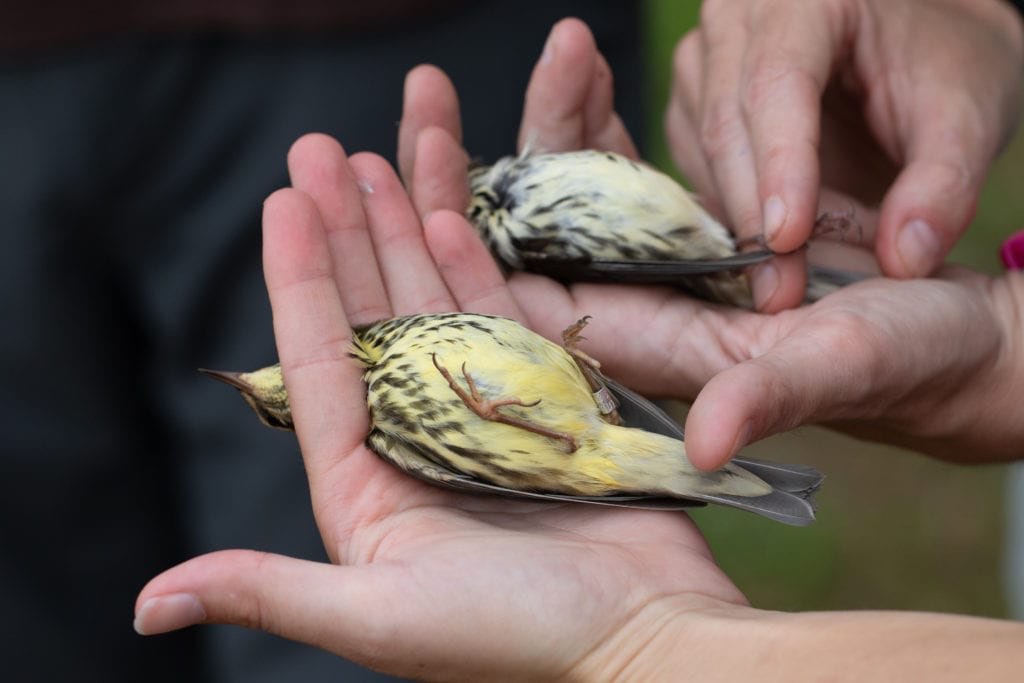
Northern Waterthrushes vary in background color from almost pure white to a very deep yellow. Check out these two caught in the same net round! © David La Puma
Monday, August 27th also saw us closing on the 8:55 net round as the heat index was in the 90s by 9am. The winds the night before had been variable and the radar was looking a little weird so, we had been hoping to expect the unexpected. Alas, nothing too exciting or out of the ordinary. We welcomed the CMBO seasonals to the station in the morning and they were all excited to learn more about banding and, in particular, about our new banding project. We also had a nice FOS Blue-winged Warbler to show them as well as a few Ruby-throated Hummingbirds.
August 28th and 29th were both extremely hot and humid mornings, with the latter seeing a heat index of 103F by 10am. We shut down the nets early on both mornings due to the heat. There was very little movement, either by migrants or by local birds. In fact, it was so warm that by late Wednesday morning, we not only didn’t see any birds moving around, we also didn’t hear any. Interestingly, on the 29th we recaptured a Worm-eating Warbler that we had previously banded eleven days prior and its weight and fat score showed that it was eating well. Much of the habitat at the Meadows is not what you would think of as suitable for WEWA and so it’s rather exciting to see this bird hanging out there for as long as it has and also gaining weight. We also caught our second American Woodcock (AMWO) of the season and they’re always great birds to have in the hand. Both AMWO banded were HY females and as little is known about their moult strategies we hope that we’ll continue catching them so as to be able to photograph/document the moult patterns in their wings.
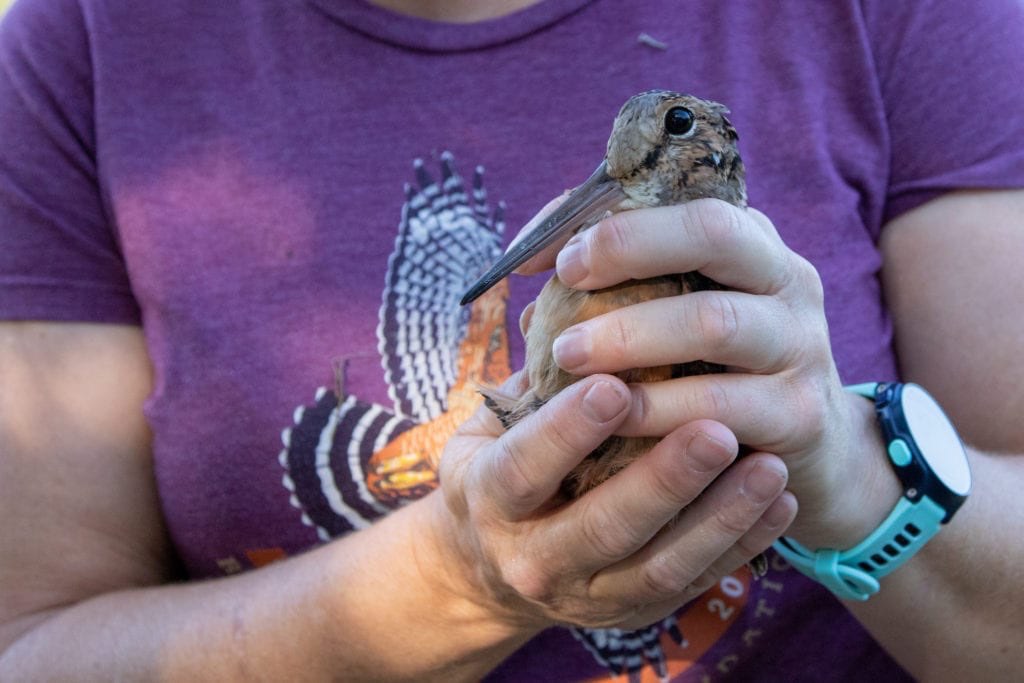
American Woodcock, possible one that bred in the Meadows, or an early migrant from the north. © David La Puma
Overall for the week we banded 344 individuals of 32 species. 10.4% were after-hatch-year (AHY) birds, which includes 6 individuals that were aged as second year (SY). 89.6% were HY birds, including 1 Northern Mockingbird aged as L (for “local”, or recently-fledged young). We had the nets open for seven days and a total of 486.75 mnh. Our birds/mnh for the week was .70, an increase from last week’s .40 birds/mnh. Top species banded was American Redstart with 126 individuals. Northern Waterthrush came in second again with 34 individuals banded, followed closely by Common Yellowthroat with 33 individuals banded.
Total species this season: 39
Total birds banded this season: 477




